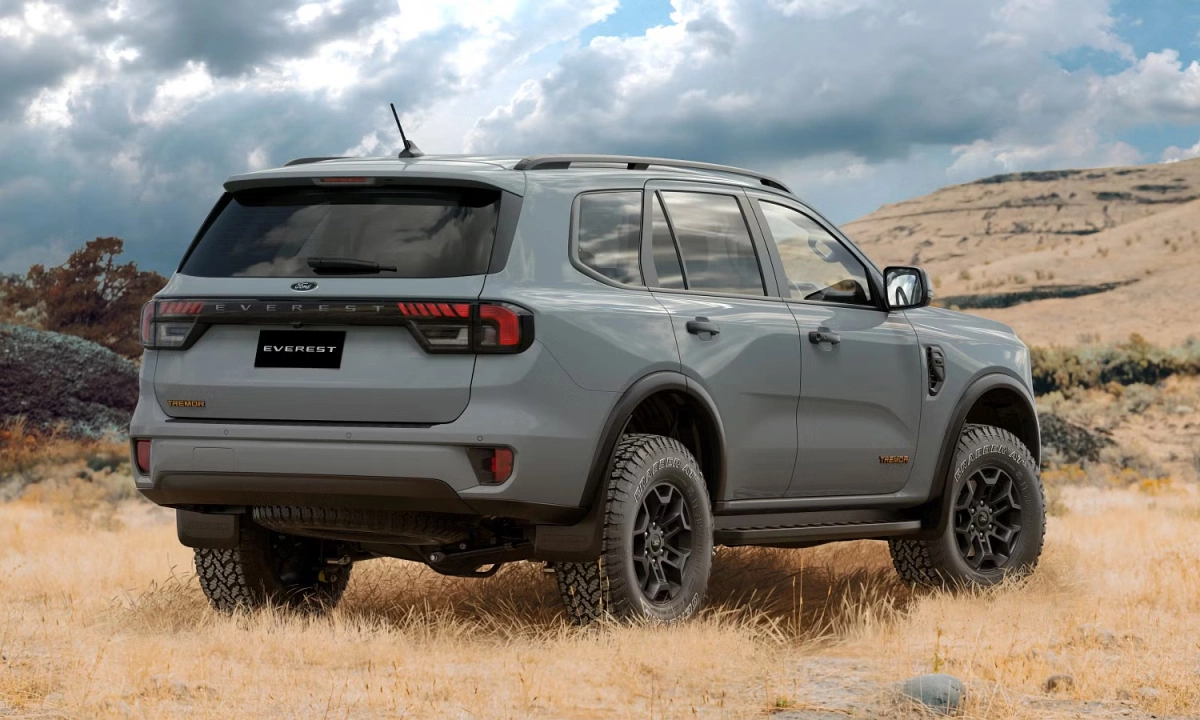The Matra Rancho (or Matra-Simca Rancho) is a compact SUV that was produced by the French automobile manufacturer Matra between 1977 and 1984. It was designed to be a versatile off-road vehicle that could also be used for everyday transportation.
-1685871190.jpg)
The Rancho was based on the platform of the Simca 1100, another popular French car of the time. Matra, known for its expertise in aerospace engineering, applied its innovative design approach to the Rancho, resulting in a unique and distinctive vehicle. The Matra-Simca Rancho became the Talbot Matra Rancho and production continued until 1984.
-1685871218.jpg)
1. Design
The design of the Matra Rancho, produced between 1977 and 1984, was distinctive and ahead of its time. It blended elements of a compact SUV, station wagon, and convertible, resulting in a unique and versatile vehicle.
-1685871238x1024.jpg)
Exterior Design
It featured a boxy and utilitarian shape, which emphasized its off-road capabilities. It had a tall and squared-off body, with a high ride height that gave it an imposing presence on the road. The front end had a flat and upright grille, flanked by rectangular headlights. The large windows provided excellent visibility, and the raised roofline allowed for ample headroom inside the vehicle.
-1685871267x1024.jpg)
Standout Design Features
One of the 1977-1984 Matra Rancho was its modular design. The rear section of the roof was removable, transforming the vehicle into a convertible. This innovative feature allowed for open-top driving, providing a unique driving experience and a connection to the outdoors. Additionally, the rear seats were foldable, further enhancing the vehicle's versatility and cargo-carrying capacity.
Off-road Aesthetics
The Rancho had a rugged appearance, with plastic cladding on the lower portions of the body, fender flares, and side skirts. These elements added to its off-road aesthetics and also provided some protection against scratches and dents when venturing off the beaten path. The Rancho typically had a spare wheel mounted on the tailgate, emphasizing its adventurous nature.
-1685871305x1024.jpg)
Interior Design
The interior of the Matra Rancho was designed to be practical and functional. It had a spacious cabin that could comfortably accommodate five passengers. The dashboard featured a straightforward layout with large and easy-to-read gauges and controls. The seating position was relatively high, providing a commanding view of the road.
-1685871323x1024.jpg)
2. Engine
The 1977-1984 Matra Rancho was offered with several engine options throughout its production years. Here are the primary engine choices available for the Matra Rancho during that time:
1.4-Liter Petrol Engine
The most common engine option for the Matra Rancho was a 1.4-liter inline-four petrol engine. This engine produced around 80 horsepower and provided adequate performance for the vehicle. It was typically paired with a manual transmission.
-1685871359.jpg)
2.2-Liter Petrol Engine
In some markets, the Matra Rancho was available with a larger 2.2-liter inline-four petrol engine. This engine delivered more power, producing around 108 horsepower, and offered improved performance over the smaller 1.4-liter engine.
-1685871374.jpg)
1.6-Liter Diesel Engine
A diesel engine option was also available for the Matra Rancho. It featured a 1.6-liter inline-four diesel engine that provided better fuel efficiency. However, the diesel engine typically offered lower power output compared to the petrol variants.
-1685871392.jpg)
3. Performance
Acceleration
The Matra Rancho was not known for its quick acceleration. With the 1.4-liter petrol engine, the Rancho could typically achieve 0 to 60 mph (0 to 97 km/h) in around 15 seconds. The larger 2.2-liter petrol engine offered slightly better acceleration but still fell in a similar range.
Top Speed
The top speed of the Matra Rancho varied based on the engine and other factors. With the 1.4-liter petrol engine, the Rancho generally had a top speed of around 90-100 mph (145-160 km/h). The 2.2-liter petrol engine could push the top speed slightly higher, reaching around 105-115 mph (170-185 km/h).
-1685871494.jpg)
Off-Road Capabilities
The Matra Rancho was designed with off-road capabilities in mind. Its high ride height, rugged construction, and four-wheel drive (4WD) system allowed it to tackle various terrains and handle light off-road adventures. However, it was not intended for heavy-duty off-roading.
-1685871516x1024.jpg)
Fuel Efficiency
The fuel efficiency of the Matra Rancho varied depending on the engine and driving conditions. Generally, the petrol engine variants were not particularly fuel-efficient, achieving around 20-25 mpg (8.5-10.6 km/l) on average. The diesel engine option offered better fuel efficiency, typically achieving around 30-35 mpg (12.7-14.9 km/l).
-1685871534.jpg)
4. Cultural Significance
The 1977-1984 Matra Rancho holds a significant cultural status, particularly in France and Europe, for several reasons:
-1685871651.jpg)
Innovative Design
The Matra Rancho's design was ahead of its time and broke away from the traditional boxy SUVs and station wagons of its era. Its modular design, combining elements of a compact SUV, station wagon, and convertible, made it a unique and versatile vehicle. The removable rear roof section and foldable rear seats added to its appeal, allowing for open-top driving and flexible cargo space.
-1685871552x1024.jpg)
Symbol of the 1980s Lifestyle
The Matra Rancho embodies the spirit of adventure and outdoor exploration that was popular in the 1980s. Its rugged appearance and off-road capabilities resonated with individuals seeking a vehicle that could handle both urban and outdoor environments. The Rancho became a symbol of the active and adventurous lifestyle that many people aspired to during that time.
-1685871585.jpg)
Pop Culture References
The Matra Rancho made appearances in movies, TV shows, and music videos, becoming an iconic representation of its era. Its distinctive design and association with the 1980s made it a recognizable symbol in various forms of media.
-1685871601x1024.jpg)
Classic Car Status
Over the years, the Matra Rancho has gained a dedicated following among vintage car enthusiasts. Collectors and enthusiasts appreciate the Rancho for its nostalgic value, rarity, and the ability to stand out in a sea of more conventional vehicles.
-1685871148.jpg)


-1685886439.jpg)
-1686382617.jpg)